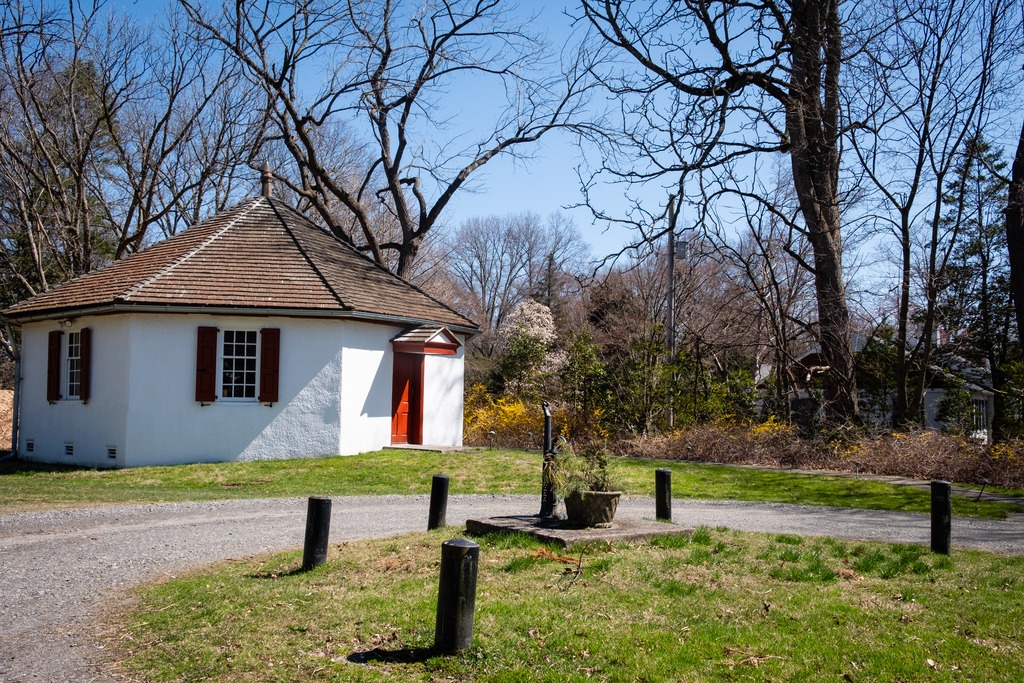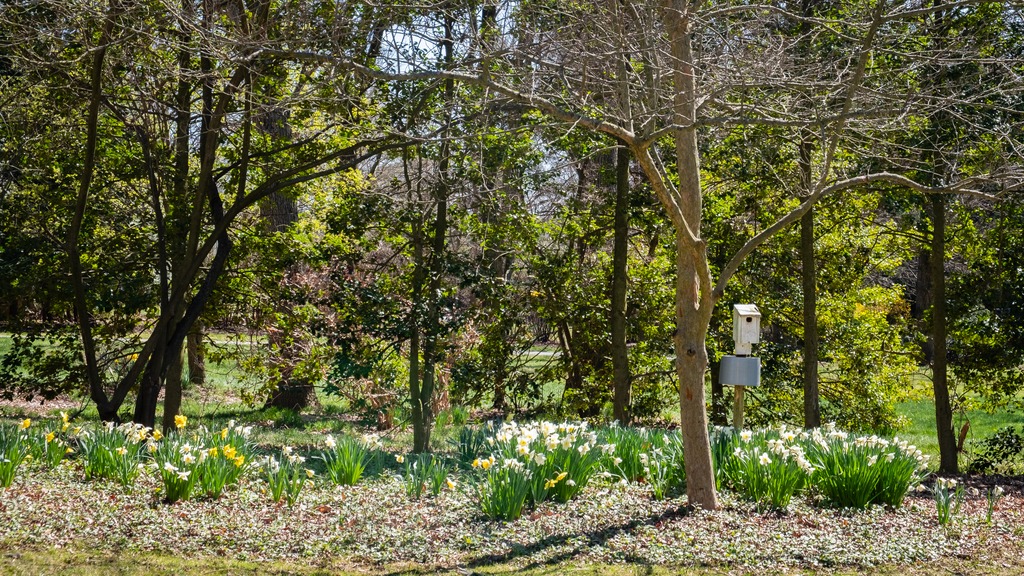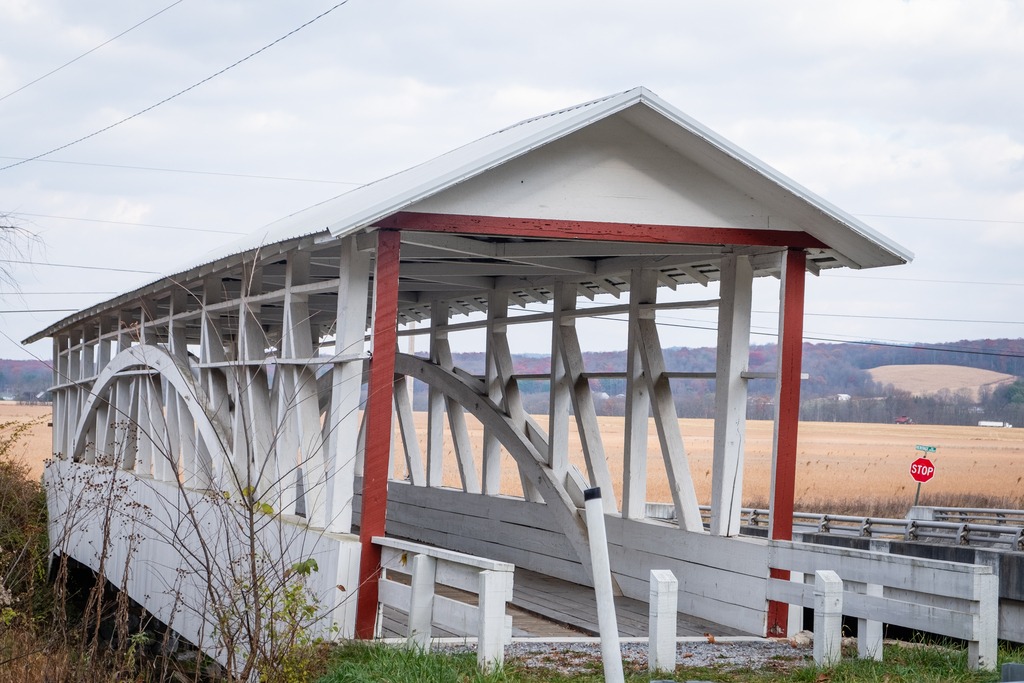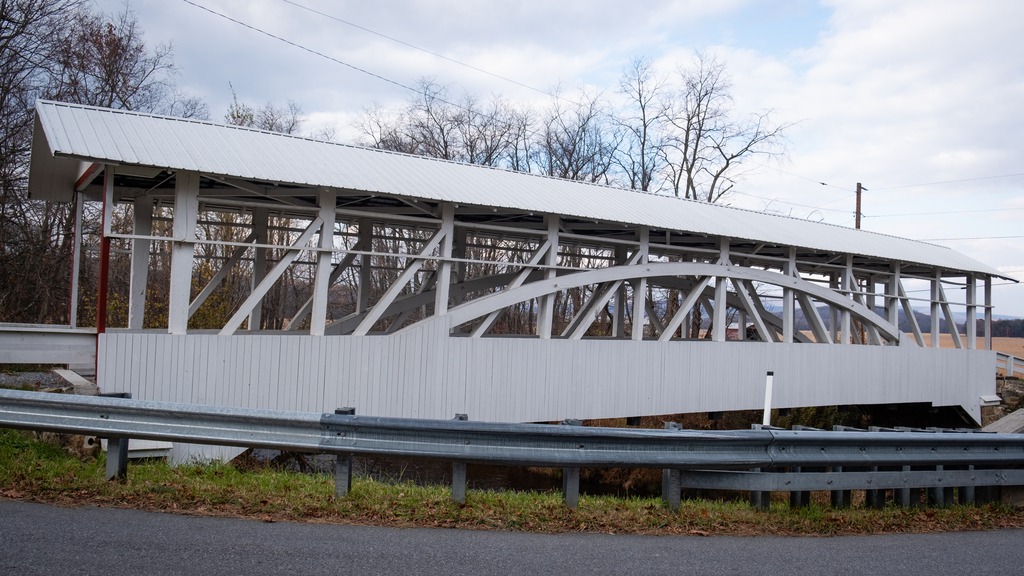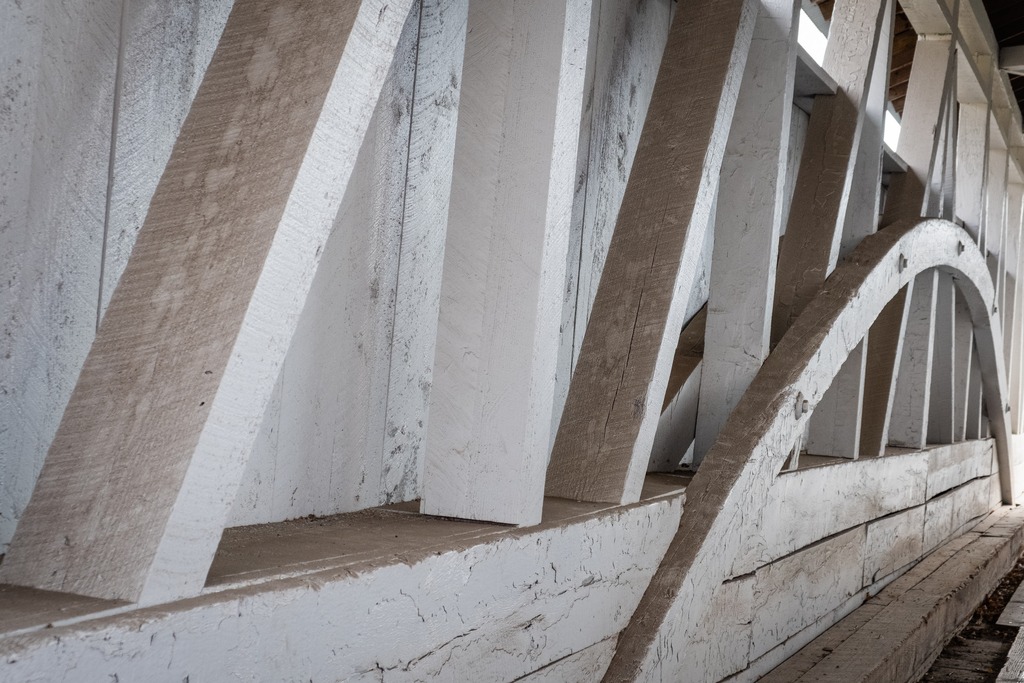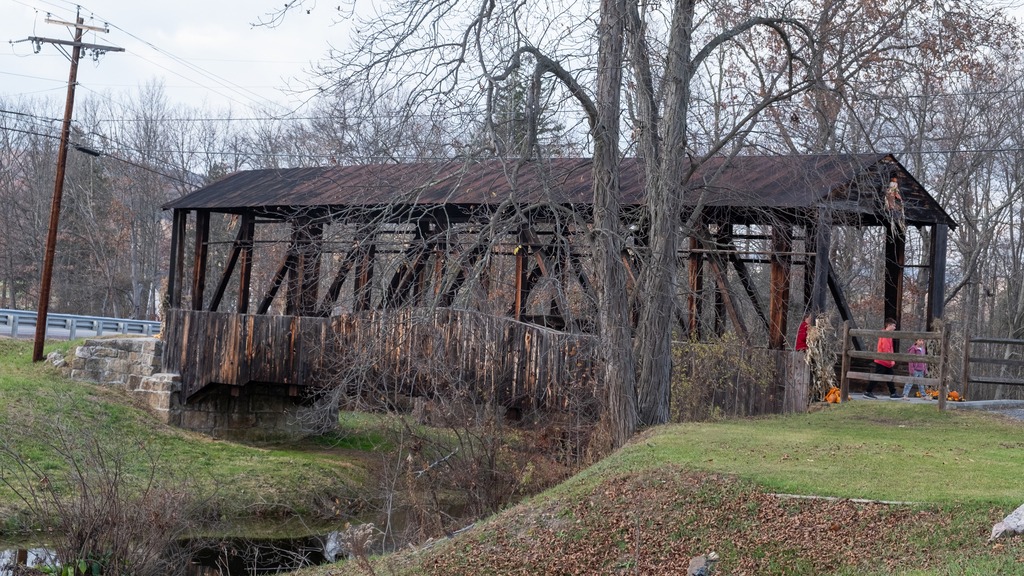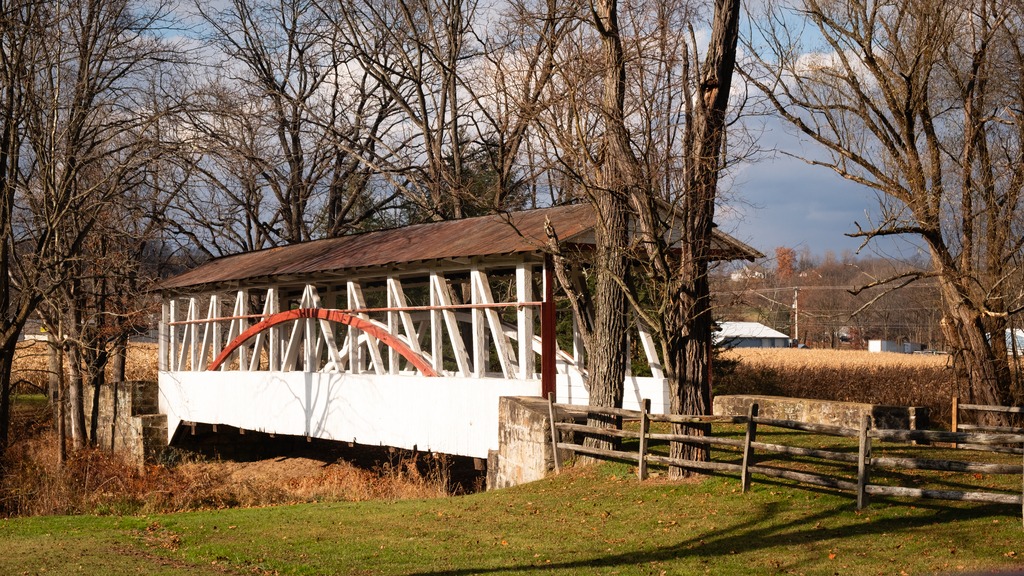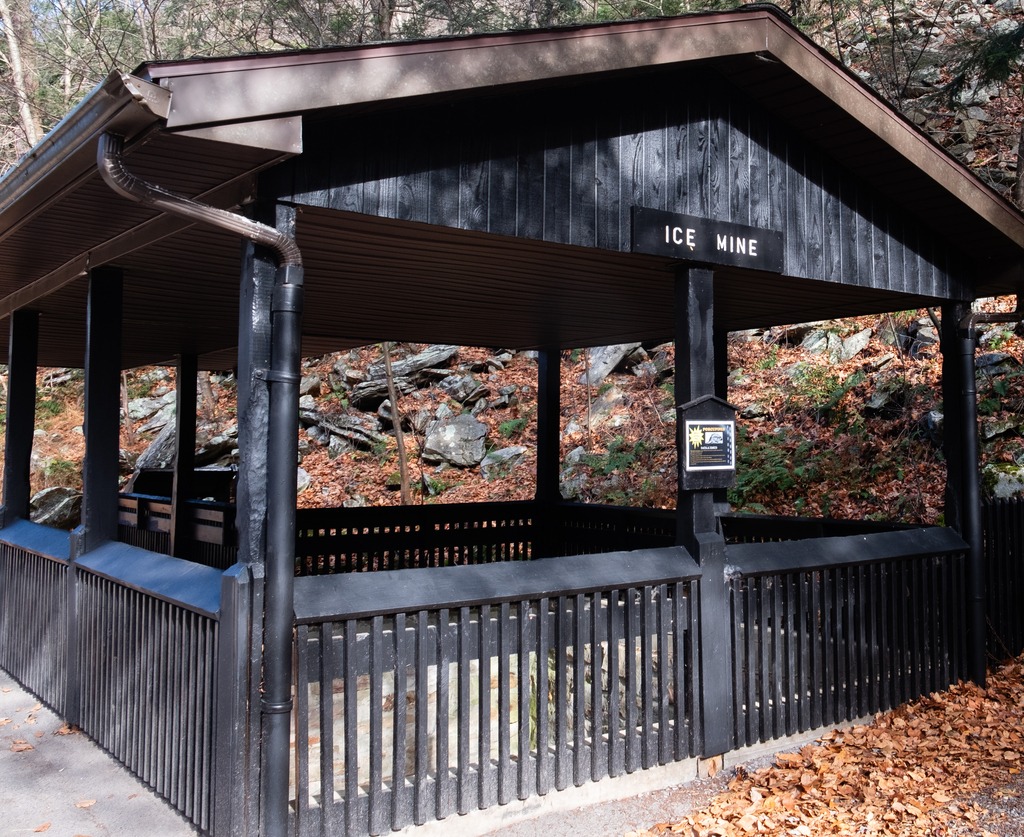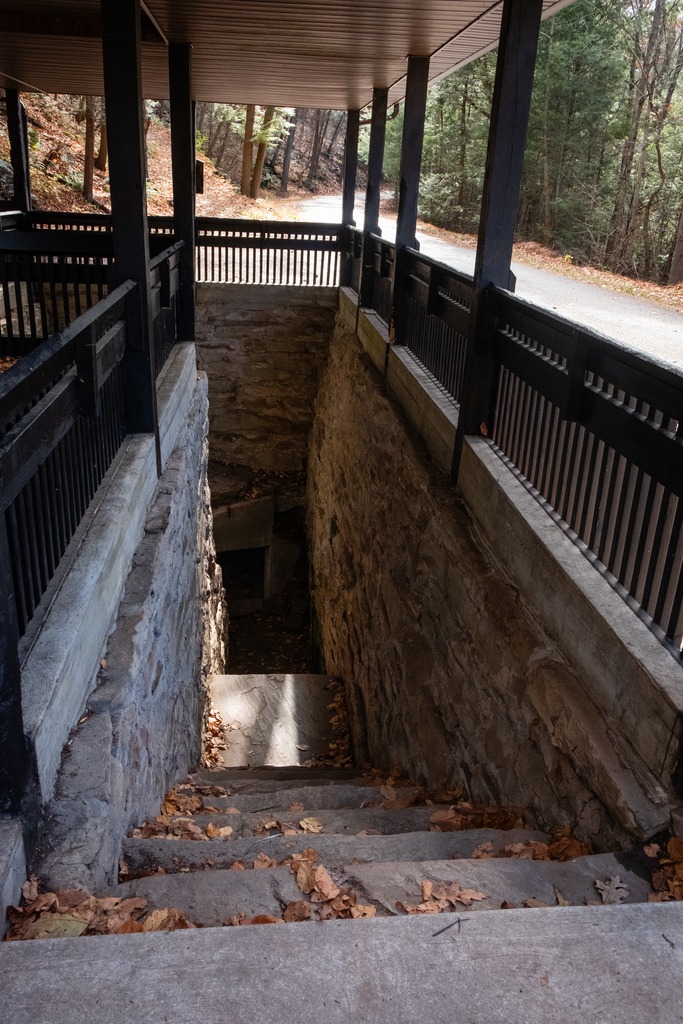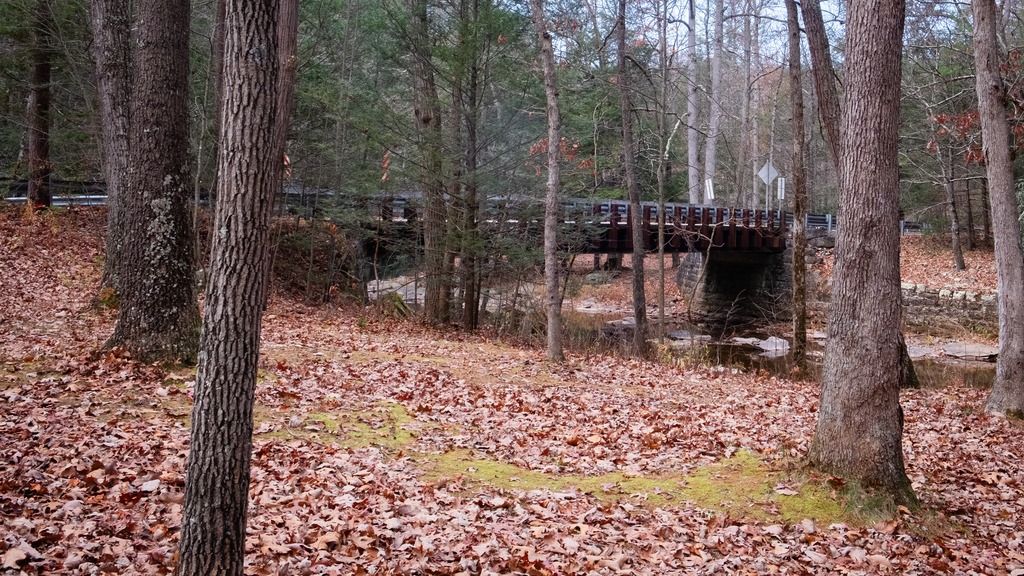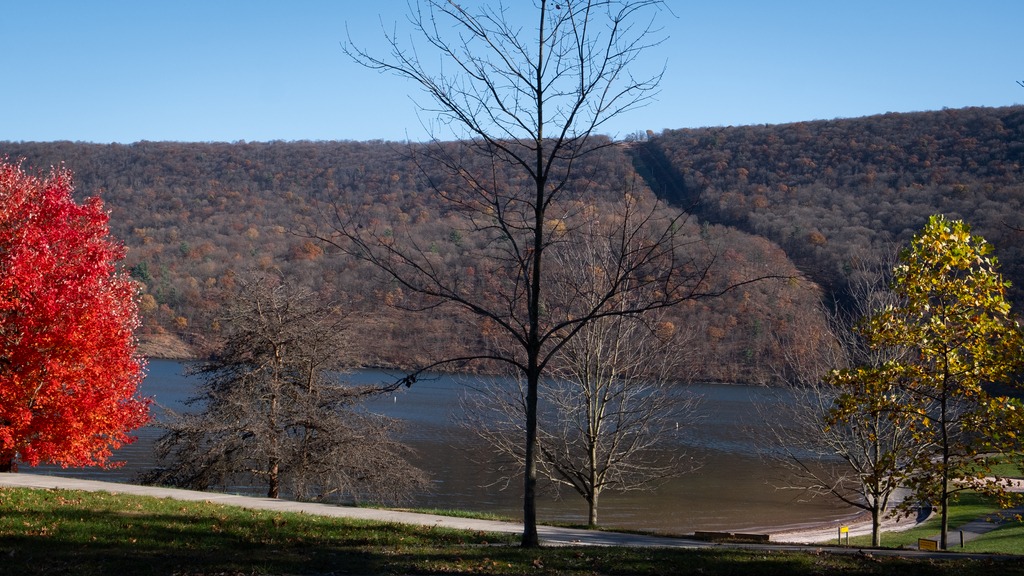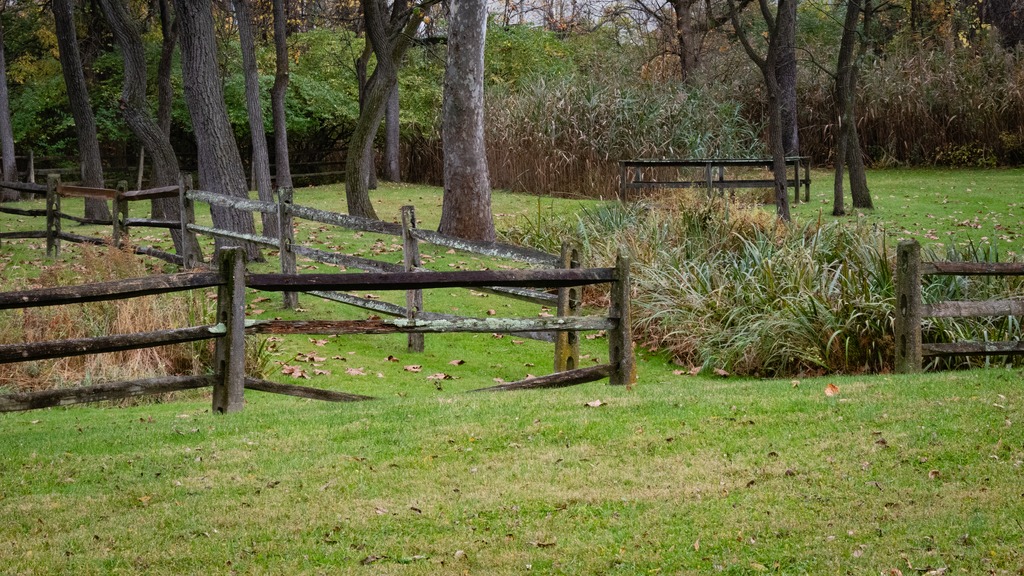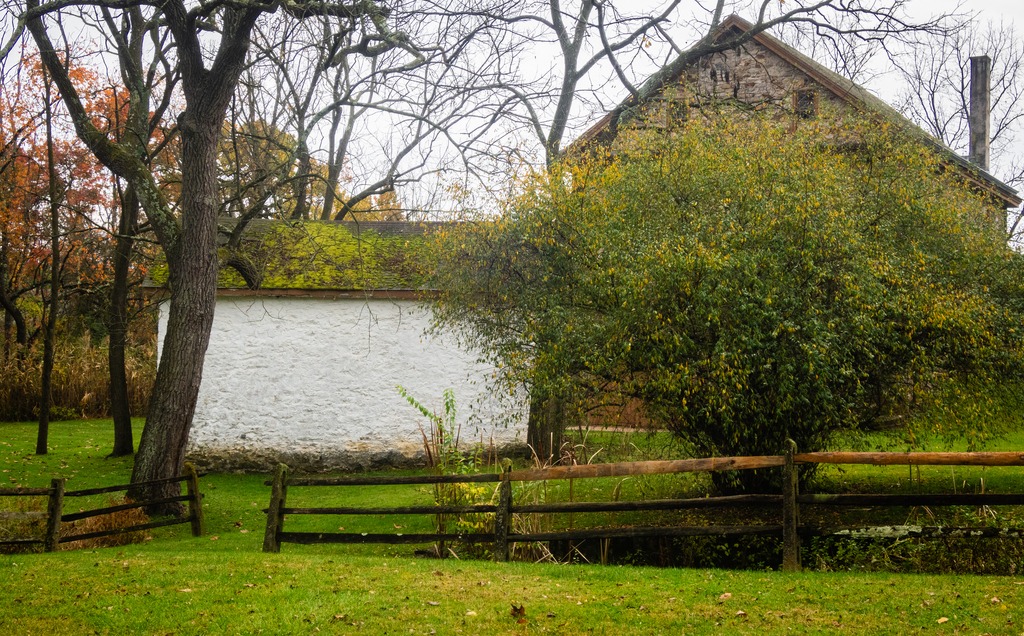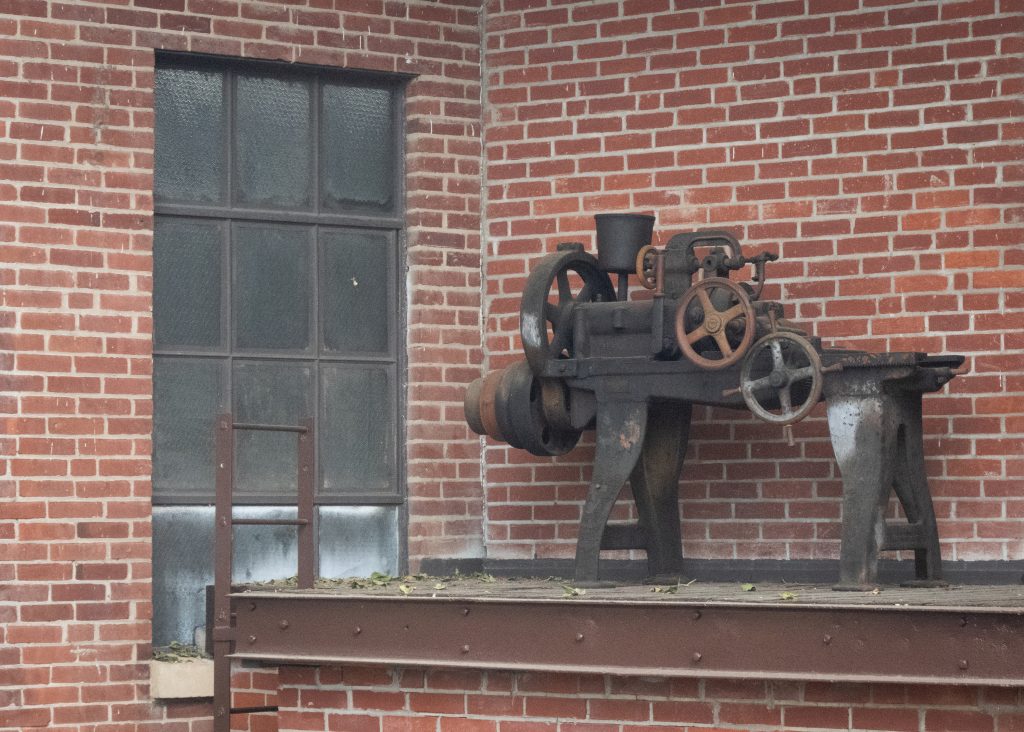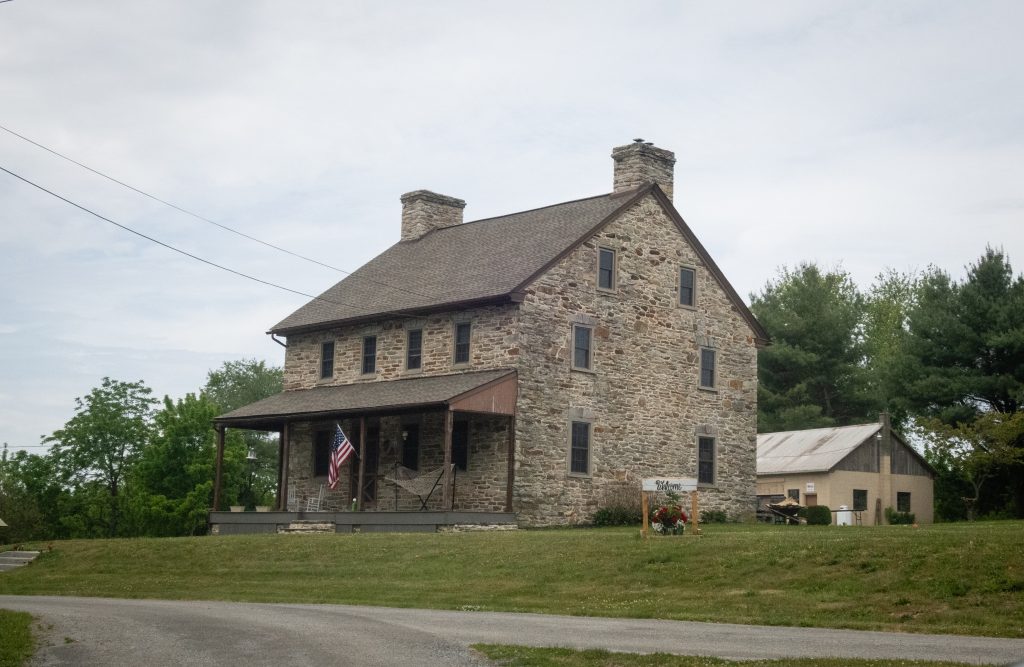The Gosheville Blacksmith Shop lies on Route 352 just south of Paoli Pike in Chester County. It is owned by East Goshen Township and is open Wednesday and Saturday from 10 am to 4 pm for viewing of the interior and and a working blacksmith. It is part of the Goshenville Historic District. While I was there, a young woman was working the forge and making small iron objects. She was also available to provide information about the site. Two rooms on the lower floor are available for viewing.
The Blacksmith Shop is described on the East Goshen Township website thusly:
The Goshenville Blacksmith Shop was built in 1740 by Arron Ashbridge (1712 – 1776) for rental as a wheelwright shop. The hearth room section was built first. Around 1750 Aaron’s son Joshua completed his apprenticeship at the Willistown Forge and opened his own blacksmithing business in this shop. At that time a one and half story addition was erected on the south side of the original building to house the wheelwright shop. Around 1800 the addition was reconstructed with a full second floor to be used as a room for painting wagons and carriages. Sometime in the 1800s the field stone building was covered with stucco (patches of the original stucco remain). It is interesting to point out that iron ore is mixed in with the field stones in the walls of the building…. In addition to horse shoeing, the blacksmith along with the wheelwright, repaired single and double trees for wagons, tightened and re-rimmed wagon wheels, built new hay wagon bodies on farmers running gear. The smith would also repair and sharpen farm tools, replaced wooden handles on shovels and forks and make fireplace andirons and household and farm tools. Often broken tools required welding by heating the parts in the forge then hammering the pieces together at the anvil.
























